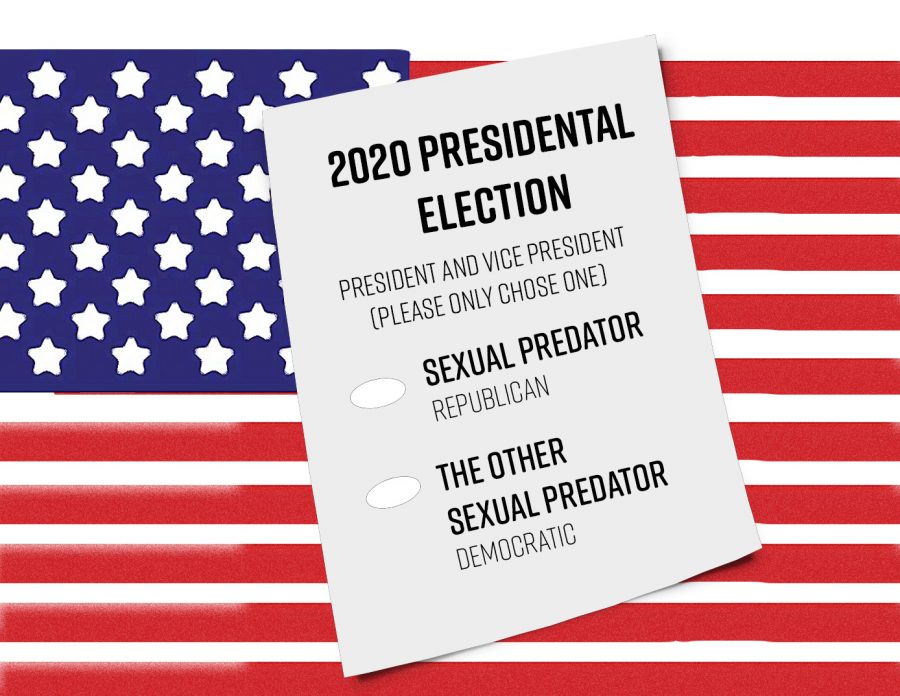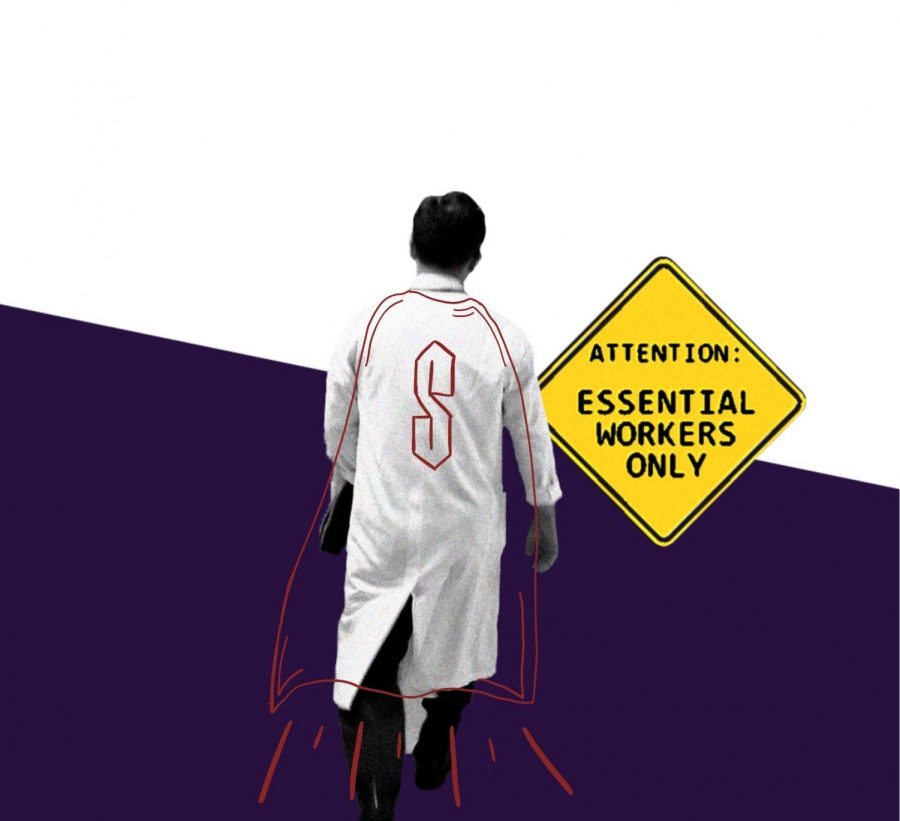Yesterday, Nov. 29, marked the anniversary of 1947 United Nations General Assembly partition plan for Palestine. As the result of the deliberations of this body, historic Palestine, which had been under a British mandate, was divided into three parts. Two states were created, an Arab one, comprising 42 percent of the land, and a Jewish one, receiving 56 percent; the third part, the remaining 2 percent centered around Jerusalem and was under international governance.
In the United States, many people are familiar with the Jewish, Zionist and Israeli narrative. People often think of Israel as the guarantor of security for Jews worldwide, given historic anti-Semitism, which reached its zenith in a genocidal mania under Hitler. The Zionist settlers were credited with “making the desert bloom” through their industry and know-how. Israel declared itself a state on May 14th, 1948, thus realizing the Zionists’ dream of Jewish independence in the land of biblical Israel. Subsequently, many Americans have become familiar with the Israeli account of themselves as a tiny, beleaguered nation surrounded by a hostile Arab world that wants to drive the Jews into the sea; all because they occupy this small slice of territory to which they have clung with devotion over the centuries.
But there is another, more disturbing, narrative that follows from the U.N. partition plan. While the partition presaged the birth of Israel, it was also the beginning of what the Palestinians have called al-nakba, “the catastrophe.” The Palestinians rejected the partition plan, as they could see that the drive for Jewish sovereignty in Palestinian Arab land would have disastrous effects on Palestinian life. Their fears were prescient and manifested in the terrors that took place from December 1947 onward.
A new generation of Israeli historians, with access to declassified documents and diaries of the principal Zionist and Israeli leaders, has offered corroboration of what the Palestinians have long characterized as their catastrophe. One of these historians, Ilan Pappe has recently published a book The Ethnic Cleansing of Palestine, the book focuses on 1947 and 1948 and the future Prime Minister David Ben-Gurion’s leadership to create a Jewish state in as much Arab land as possible, regardless of the U.N. partition plan.
Thus, there is an obvious contradiction that must be borne in mind when considering today’s conflict between Israeli Jews and Palestinian Arabs. Zionism wanted a state for Jews, not Arabs. In historic Palestine, Arabs significantly outnumbered Jews. Pappe focuses on the critical mechanism in effecting the Palestinian catastrophe, namely, Ben-Gurion’s Plan D, in which Zionists, later Israeli brigades and forces, were to occupy the Palestinian villages in what was to become the Jewish state, expel the Palestinian population and destroy their villages. Pappe states that 200 such villages were thus “de-Arabized” in the weeks before the state of Israel was founded.
Pappe and other Israelis have characterized what took place in late 1947 and throughout 1948 as “ethnic cleansing,” an odious process familiar to many in the United States from the recent examples of Bosnia and Rwanda. Even a famous military hero like Moshe Dayan conceded that such cleansing had taken place, when in 1969, he admitted to fellow Israeli Jews, “There is not one place built in this country that did not have a former Arab population.”
But to Palestinians, this is not an academic history lesson that has given way to a brighter future. For there is another word from the global political lexicon that is linked to this “ethnic cleansing”: “apartheid,” which refers to the white domination of South African blacks and their separation from the white Afrikaaner population. In the Palestinian territories that Israel has illegally occupied since 1967 in the West Bank and Gaza Strip (the Israeli military still controls Gaza from outside the Strip), Palestinians have been increasingly segregated in towns and cut off from roads, employment, farmland, and the rest of the Palestinian territories. In a newly released book, former United States President Jimmy Carter used the word “apartheid” to describe what Israel has been doing to the Palestinians.
Today, Palestinians in refugee camps who are descendants of those Palestinians expelled by the Zionists and Israelis remember Nov. 29 as a dark day. The same holds for Palestinians in the Diaspora, many of whom may want to exercise their internationally guaranteed legal right of return, but Israel has ignored U.N. resolutions calling for this exercise. Meanwhile, Palestinians in the West Bank and Gaza Strip languish in de facto ghettos and prisons because of the Israeli Jewish drive for a homogenous Jewish state.
This narrative of ethnic cleansing and institutionalized apartheid is not nearly as well known in the United States as the triumphant Zionist/Israeli narrative. But if we American citizens wish to understand the basic dimension of the conflict, we must listen to Palestinian survivors of this catastrophe, as well as those courageous Israeli historians who are willing to challenge the militaristic patriotism that elevates the state above moral principle and human rights.
Mark Chmiel teaches in the department of theological studies and is the author of The Book of Mev and Elie Wiesel and the Politics of Moral Leadership.
Remembering the Palestinian Catastrophe
Mark Chimel Ph.D.
•
November 30, 2006
Story continues below advertisement
Leave a Comment
Donate to The University News
$1910
$750
Contributed
Our Goal
Your donation will support the student journalists of Saint Louis University. Your contribution will help us cover our annual website hosting costs.






